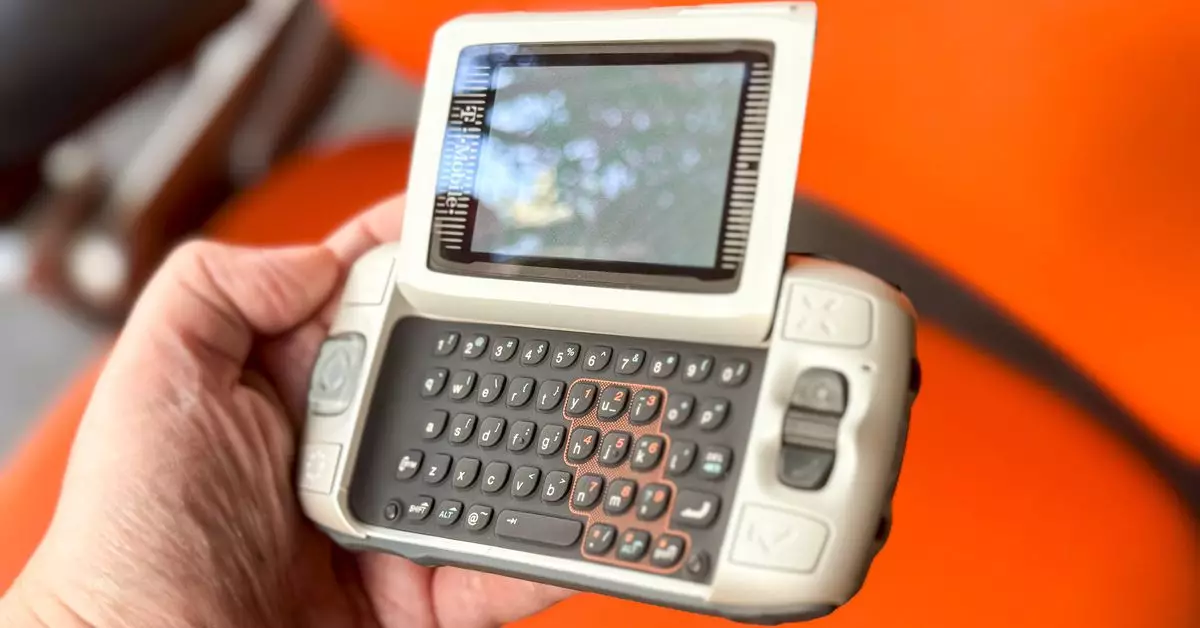In a world where smartphones have become an essential part of our daily lives, the T-Mobile Sidekick, also known as the Danger Hiptop, often gets overlooked in discussions about groundbreaking devices. Before the iPhone, before Android, the Sidekick revolutionized the way we interacted with our phones by introducing features that were ahead of its time. One such feature that deserves more recognition is the Jump key.
The Jump key on the Sidekick enabled users to seamlessly switch between apps with the click of a button. Unlike modern smartphones where opening an app requires tapping on a notification or searching for the right icon, the Sidekick made multitasking intuitive and efficient. The ability to create custom keyboard shortcuts allowed users to navigate through different applications without ever lifting their thumbs off the keys. This functionality made tasks such as note-taking, web browsing, instant messaging, and emailing incredibly convenient.
Former Danger director of design, Matías Duarte, emphasized that the Jump key was not merely a substitute for a home button. It was designed to be chorded, meaning users could press multiple keys simultaneously to unlock its full potential. This innovative approach to multitasking set the Sidekick apart from its competitors and showcased the device’s focus on user experience and efficiency.
At a time when smartphones were in their infancy, the Sidekick’s true multitasking architecture allowed apps to run in the background without being closed. This approach to app management, alongside the Jump key’s functionality, offered users a seamless experience when switching between different tasks. The concept of notifications was redefined, providing users with a non-intrusive yet effective way to stay informed without disrupting their workflow.
Despite the Sidekick’s eventual decline in popularity and discontinuation, the legacy of the Jump key and its chorded keyboard shortcuts live on in today’s smartphones. The concept of efficient multitasking, intuitive app switching, and customizable shortcuts are features that have become standard in modern devices. From the Sidekick to Android, the influence of the Sidekick’s innovative design can still be felt in the way we interact with our phones today.
The T-Mobile Sidekick’s Jump key was a game-changer in the world of mobile devices. Its unique approach to multitasking, efficient app switching, and customizable shortcuts set a new standard for user experience and productivity. While the Sidekick may not receive the recognition it deserves in today’s digital age, its impact on the evolution of smartphones is undeniable. The Jump key may have been a small physical button, but its influence continues to resonate in the way we use and interact with our devices.


Leave a Reply